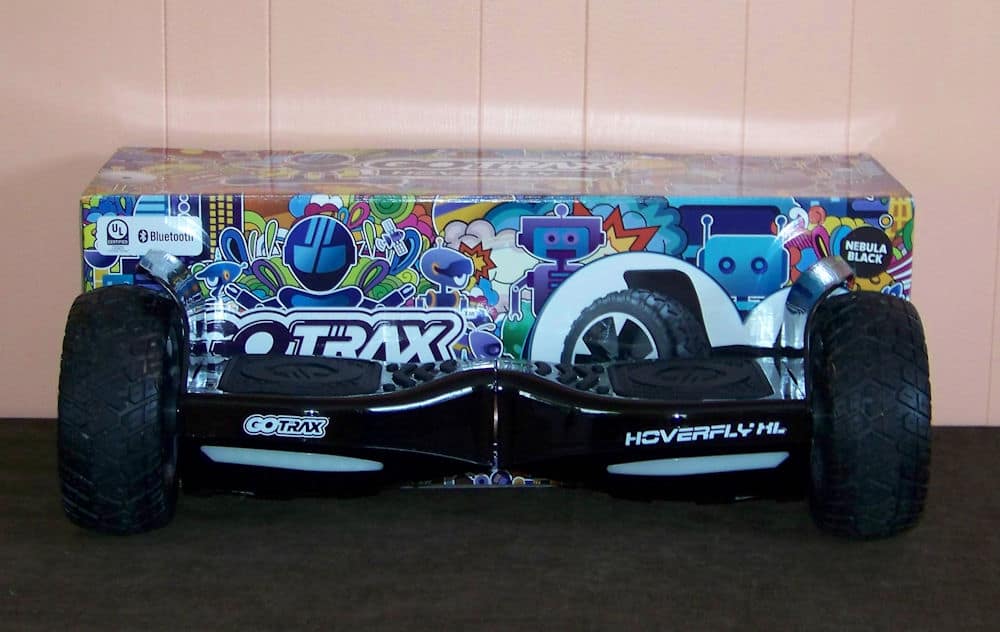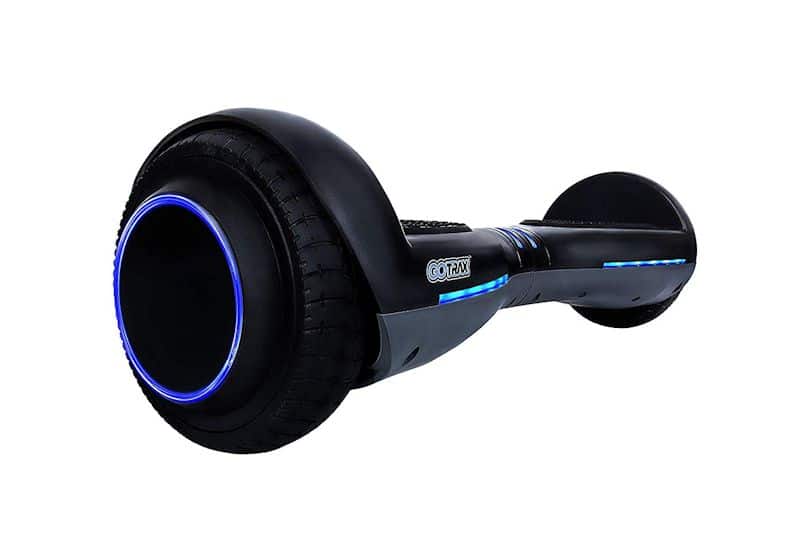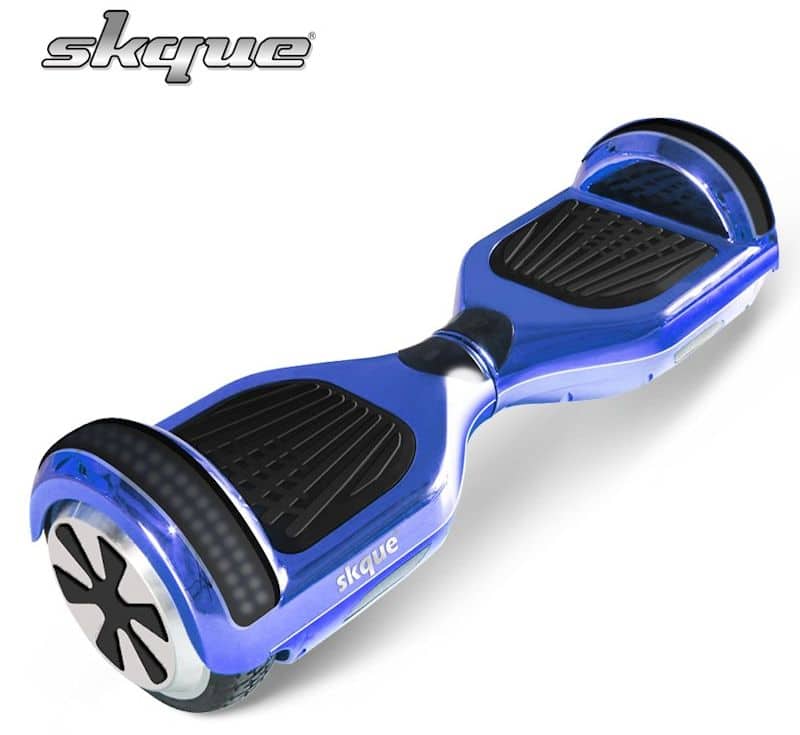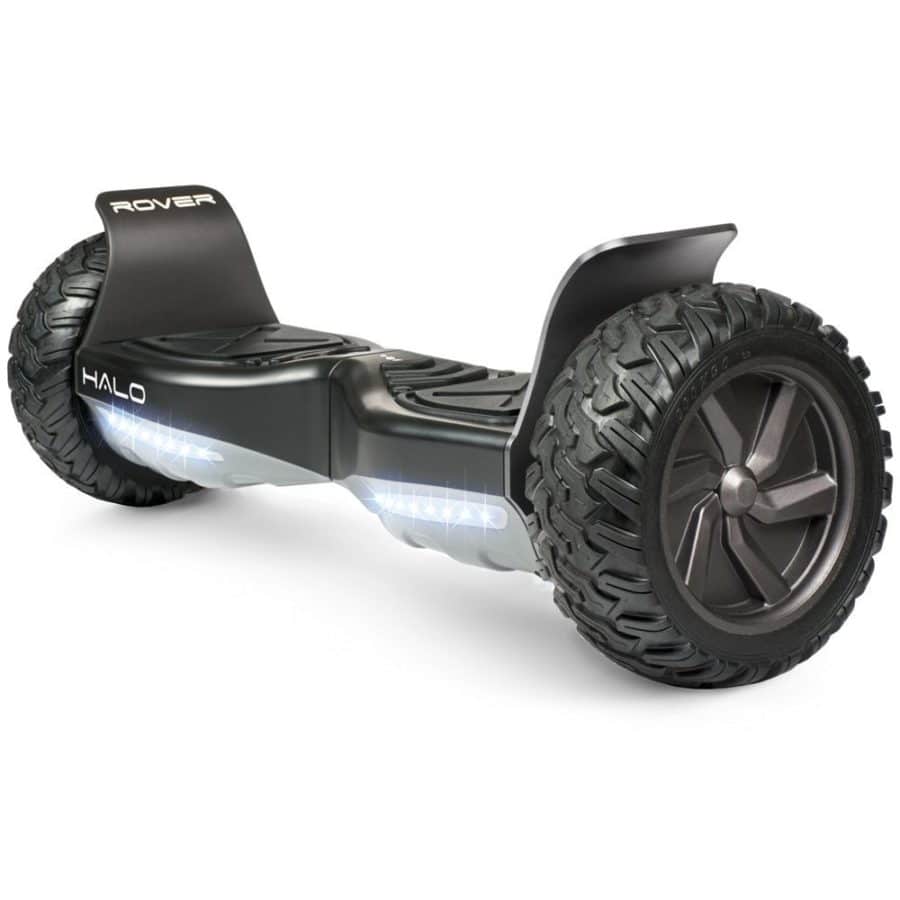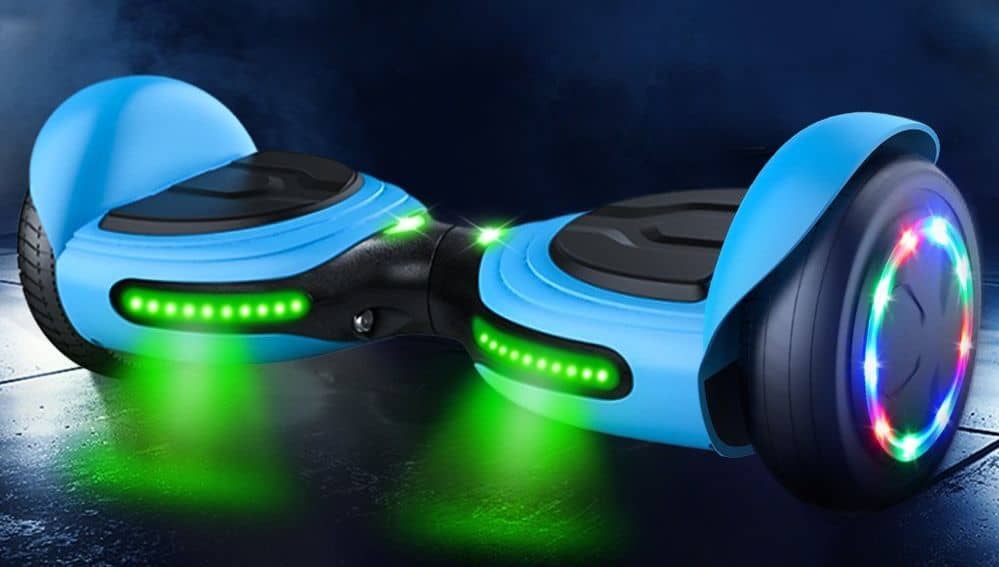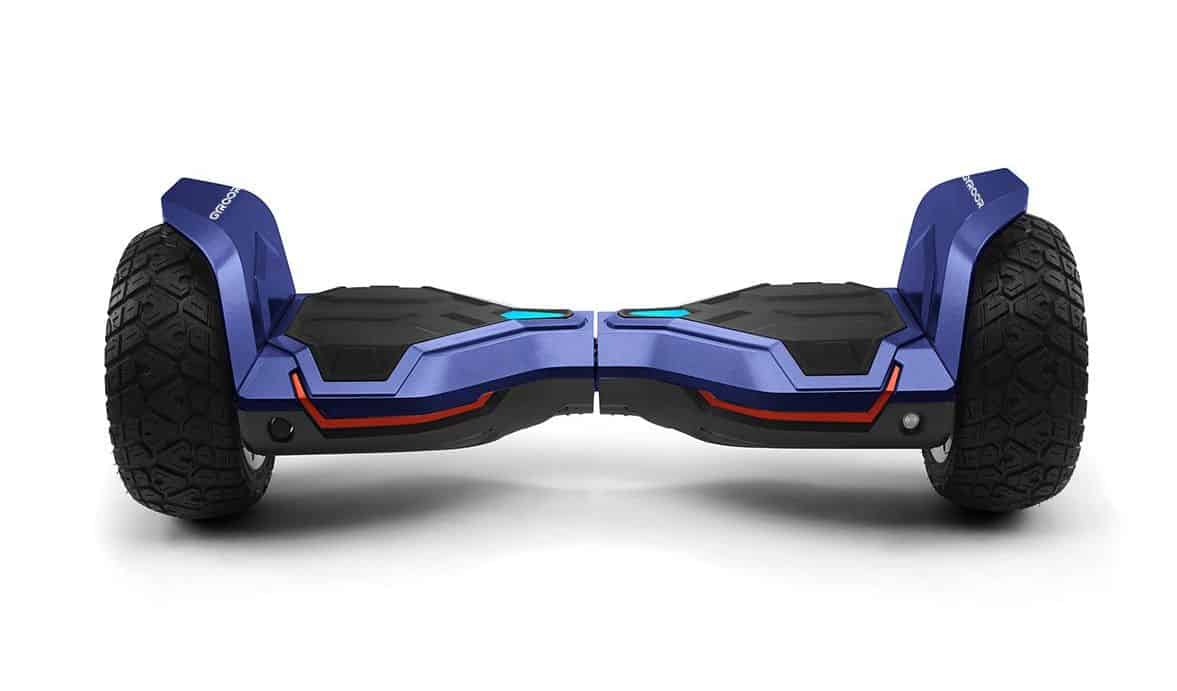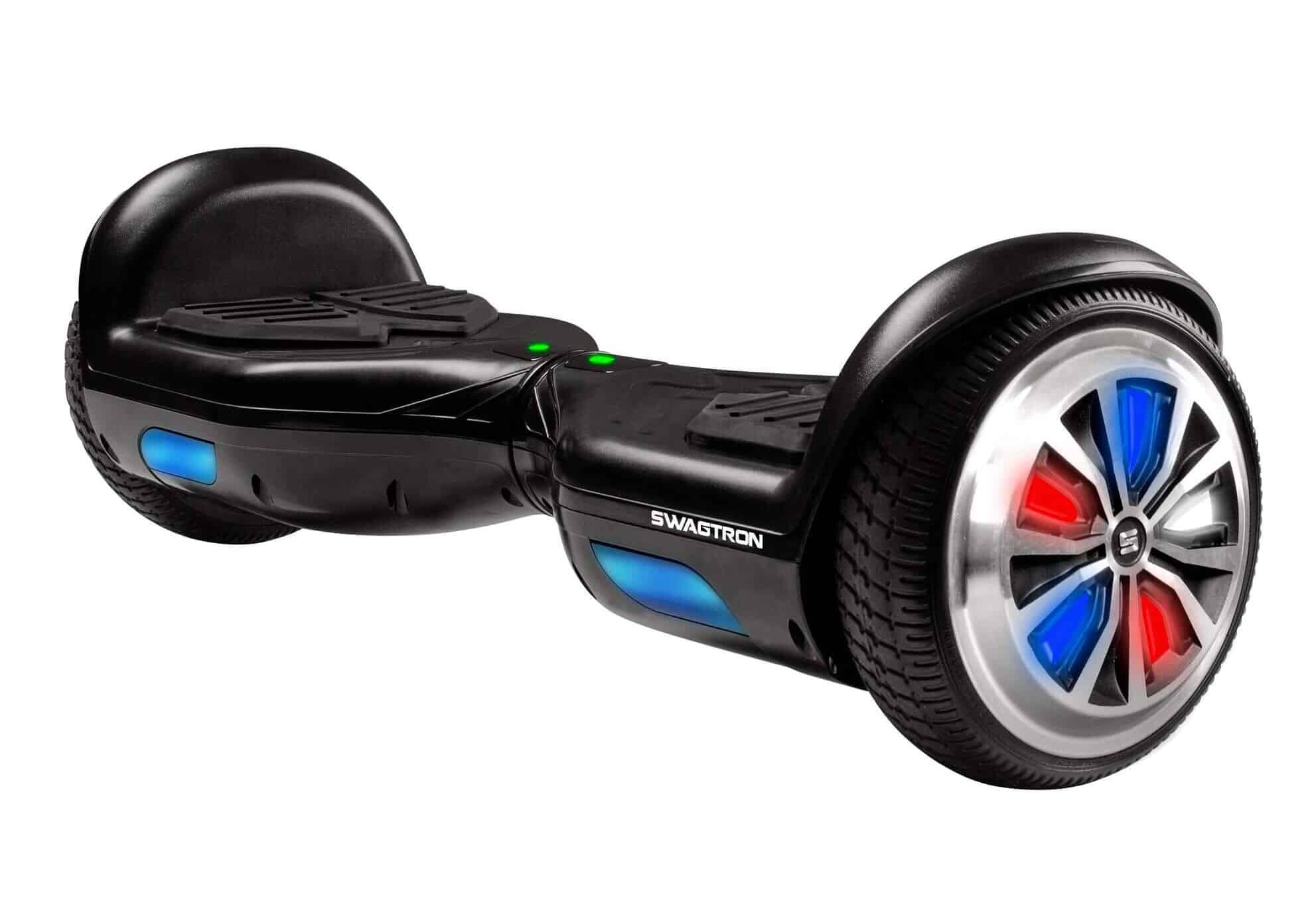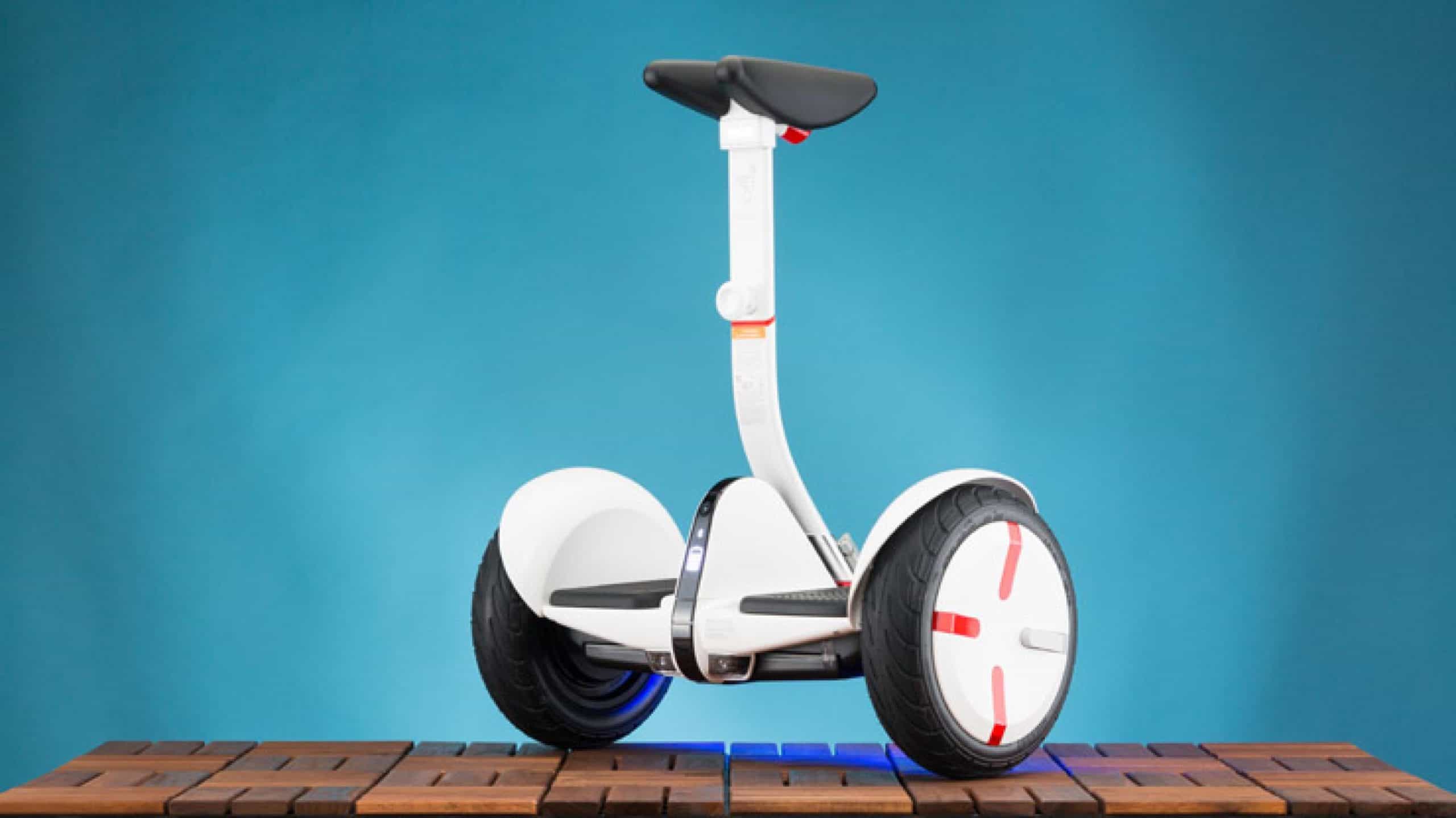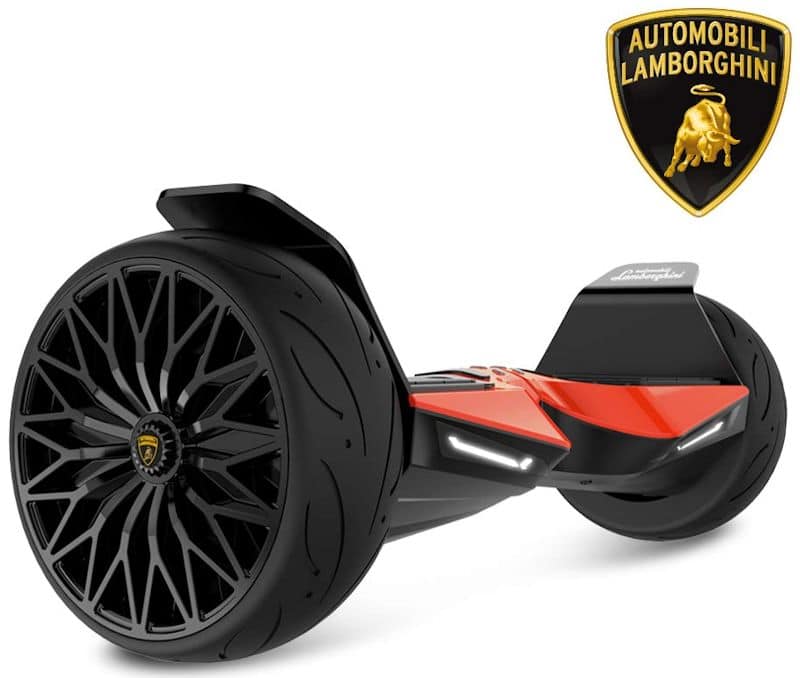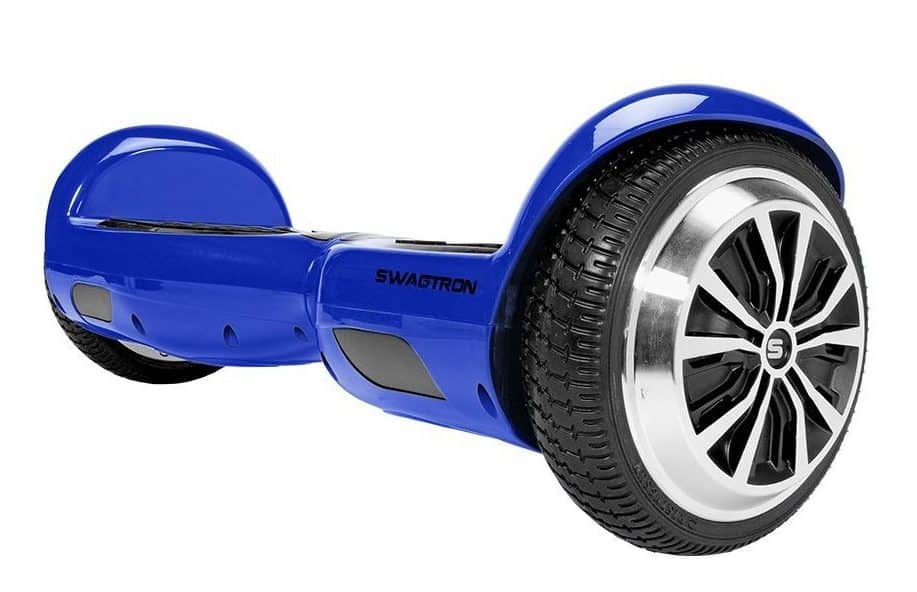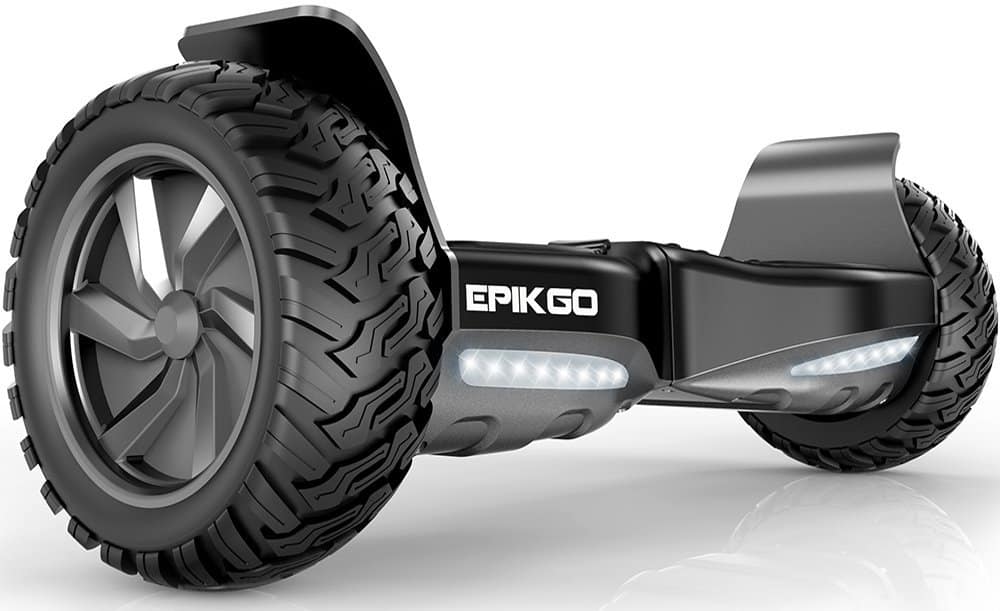Hoverboards are popular with kids and adults alike. While it takes balance and some trial and error to master this fun transportation pick, the trendy device isn’t without drawbacks. Hoverboards first arrived on the scene in 2013, but by 2016 reports started pouring in of malfunctions. In some cases, the scooter would simply overheat and produce smoke. But in more serious cases, the boards would explode and catch on fire. This led to many airlines and airline safety organizations outright banning the tech for fear of explosions mid-flight. So, why do hoverboards catch on fire, and how can you protect yourself and your investment?
What’s Behind Those Fires?
To understand why some hoverboards are prone to catching fire, you need to know how hoverboards work. But you also need to understand that this device lacked standard requirements which led to inconsistencies between brands and unfortunate accidents for consumers.
Dubious Lithium-ion Battery Sources
Most hoverboards rely on a lithium-ion battery for power. While lithium-ion batteries are popular because of their small lightweight size and powerful output, they’re not interchangeable and quality can vary. High-quality lithium-ion batteries are stable and can last for quite some time before needing to be replaced. Low-quality lithium-ion batteries often aren’t produced with stringent protocols and are more susceptible to structural failure — even if it’s not the fault of the consumer.
Too Much Power in Too Small a Space
Along with choosing poorer quality battery sources, another issue is that hoverboards require multiple lithium-ion batteries to create enough power to move the scooter. Add in the fact that these batteries release large quantities of heat and you have a recipe for disaster. In short, a lot of heat is being created in a confined space without adequate ventilation, leading to combustion.
How Behavior Increases Fire Risks
Along with overheating, a common contributor to scooters catching on fire is leaving them to charge for too long. Experts agree that the best hoverboards usually only require two to three hours to charge to full power. However, many people leave their boards charging overnight which encourages overheating and increases the risk of a fire.
Exploding Hoverboards Led to Recalls and Reforms
Between 2016 and 2017 the U.S. Consumer Product Safety Commission (CPSC) issued dozens of recalls for several hoverboard brands because of more than 250 incidents related to overheating and fires that were reported beginning in 2015. The organization notes that there have been 13 burn injuries, three smoke inhalation injuries, two deaths, and more than $4 million associated with property damage as a result of this device.
- Related Post: How Many Houses Burn Down From Hoverboards?
- Related Post: How Many Hoverboard Related Deaths Occur?
- Related Post: How to Keep Your Hoverboard from Exploding
UL Develops Hoverboard Standards
Underwriter Laboratories (UL), a third-party certification firm, tackled the exploding hoverboard issue by developing the UL2272 safety standard which is recognized by not only the American National Standards Institute (ANSI), but by similar governing bodies in Canada, the European Union, and elsewhere.
This guideline outlines a rigorous list of tests that a hoverboard and other personal mobility devices — along with their components — must pass to receive UL-certification. The standards evaluate the electrical drive train system, charger system, and battery system. But it’s important to note while this creates a standard for improved safety, just because a hoverboard meets UL2272 requirements doesn’t mean that it doesn’t have the potential to explode.
Tips and Warnings
Only Buy UL-certified Hoverboards
The best way to avoid having a hoverboard explode or catch fire is to avoid buying models that don’t feature UL-certification. This third-party agency created standards that ensure the lithium-ion battery and other components are designed with safety protocols in place to prevent explosions from occurring.
Don’t Leave Fully Charged Hoverboards Idle
Considering that lithium-ion batteries contain flammable ingredients, a fully charged battery can be a recipe for disaster. Experts agree that you shouldn’t leave a fully-charged battery idle for long. As a general rule, try to ride it so that it’s down to at least 90% of its charge.
Store Hoverboards in Cool Spaces
Remember that lithium-ion batteries can run hot — especially if you’ve just finished riding it. But this is true at any time. Ensuring proper ventilation will help to prevent your board from exploding. And avoid storing it on carpeting or near other flammable surfaces just in case of a fire.
You Get What You Pay For
Considering the risks associated with these tech toys, you don’t want to skimp. While you don’t need to buy the most expensive models, experts agree that your lowest price should be around $300. Hoverboards under $300 tend to be made of cheaper materials which increases the risk of your hoverboard exploding.
Don’t Be Unnecessarily Rough
Even though UL stress-tests these hoverboards, user error can also contribute to damage that might encourage a battery explosion. While you can’t entirely avoid banging and bumping your scooter, don’t make it a point to purposely damage it.
Sources:
https://www.npr.org/sections/thetwo-way/2016/07/06/484988211/half-a-million-hoverboards-recalled-over-risk-of-fire-explosions
https://www.cpsc.gov/Safety-Education/Safety-Education-Centers/hoverboards
https://www.ul.com/services/personal-e-mobility-testing-and-certification
https://www.cpsc.gov/s3fs-public/Micromobility-Products-Related-Deaths-Injuries-and-Hazard-Patterns-2017%E2%80%932019.pdf?90dOQxCOSzGvGRFGX6UF6Z6zvQhV9R1P
















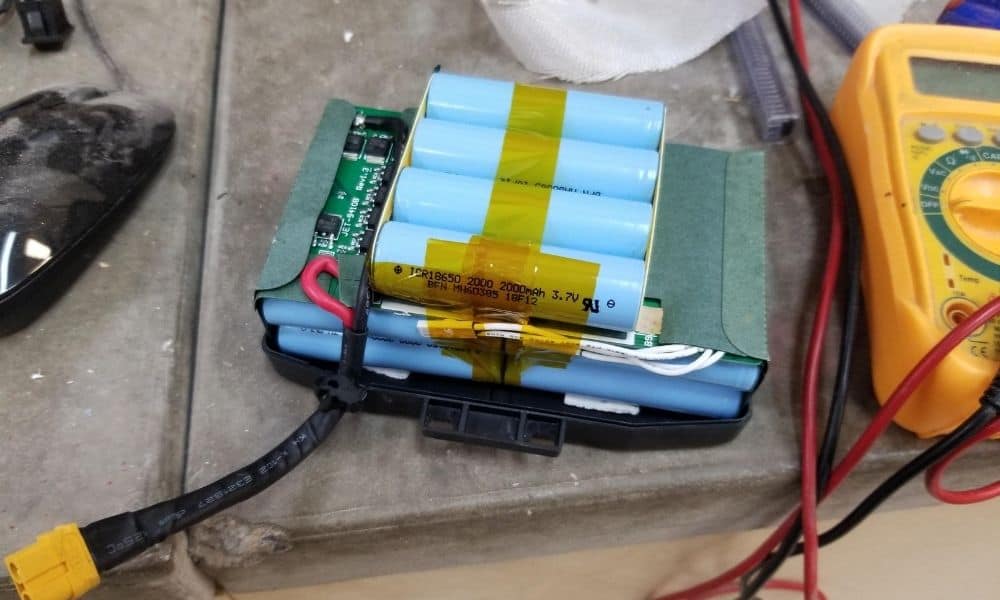
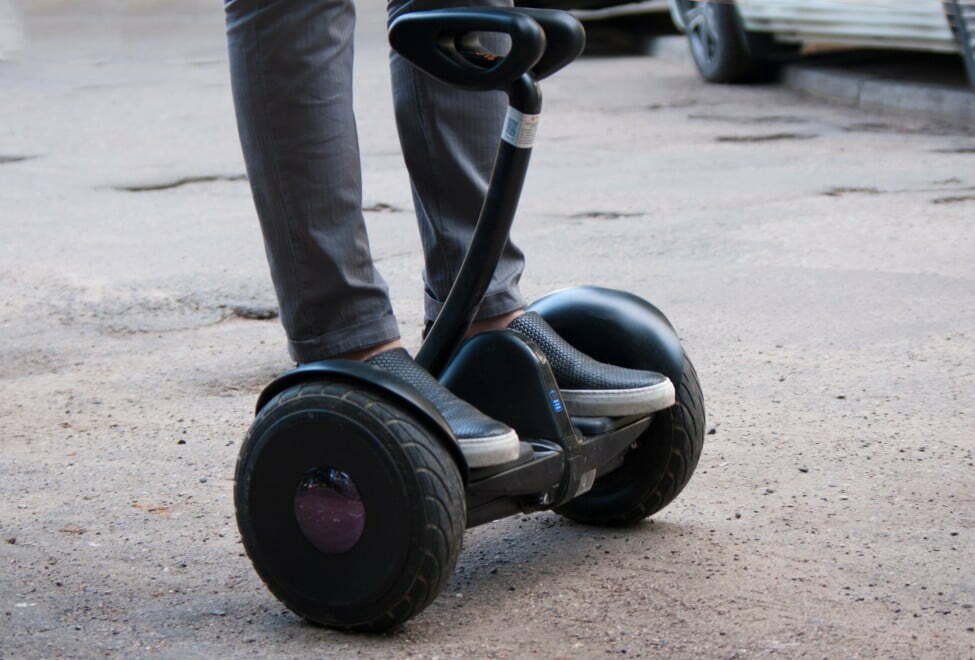
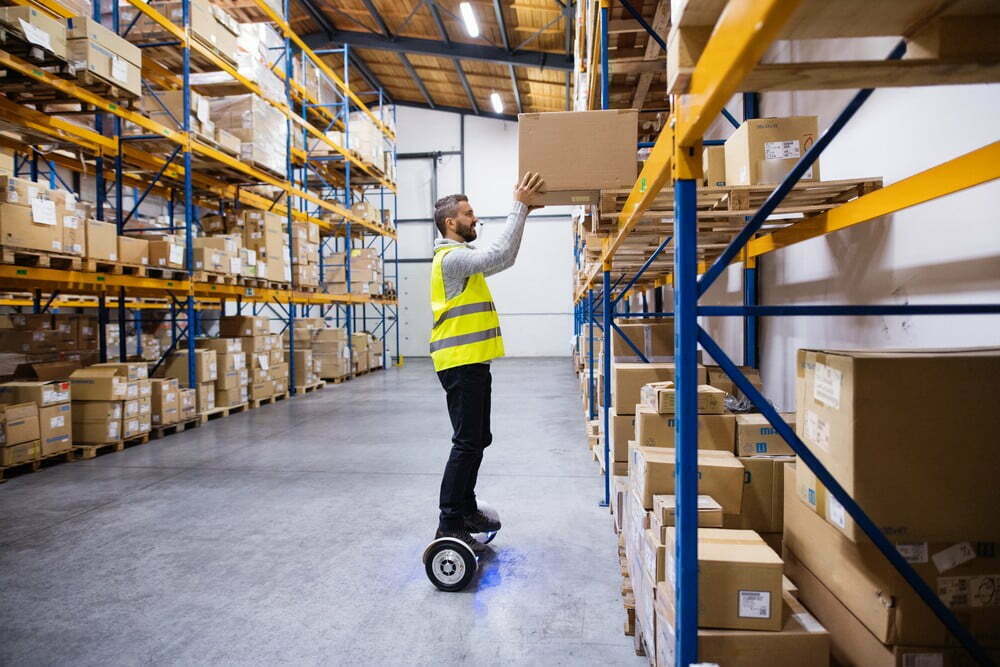
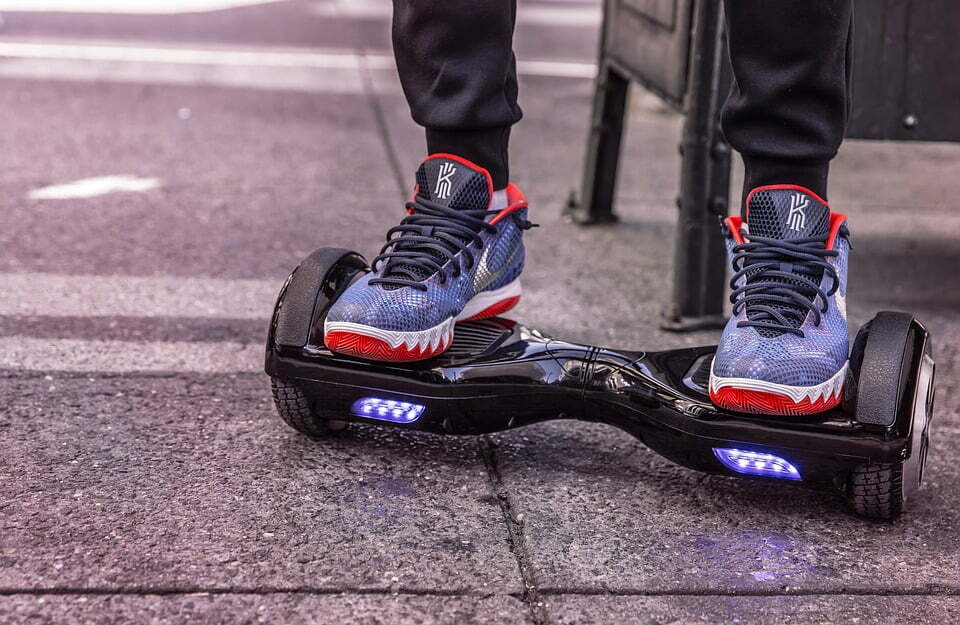
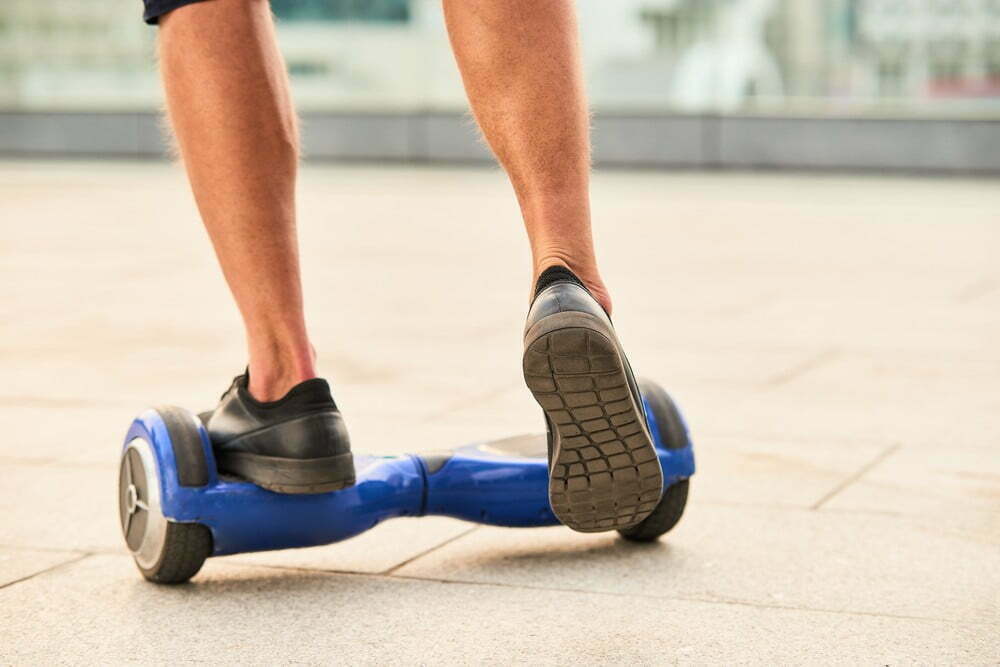
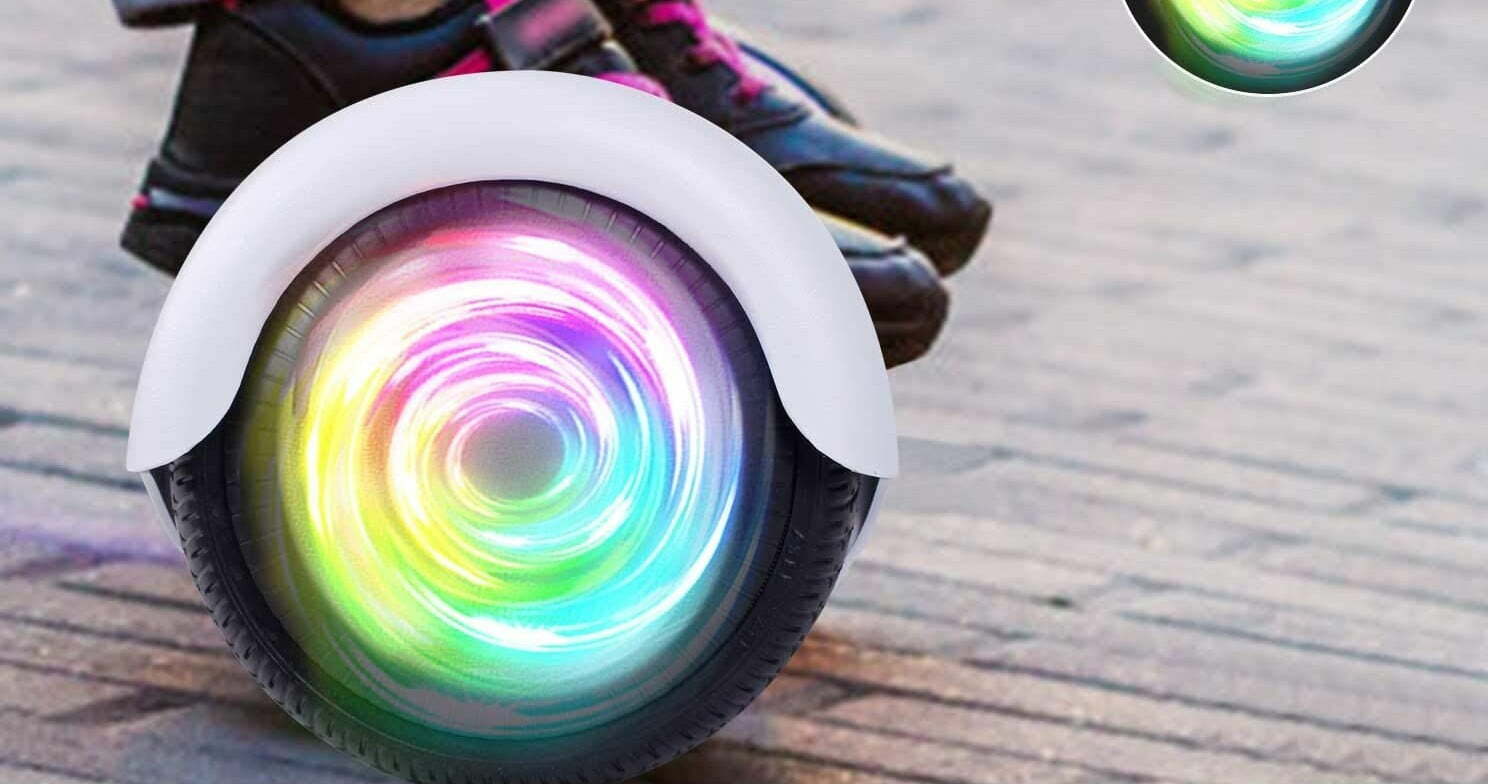
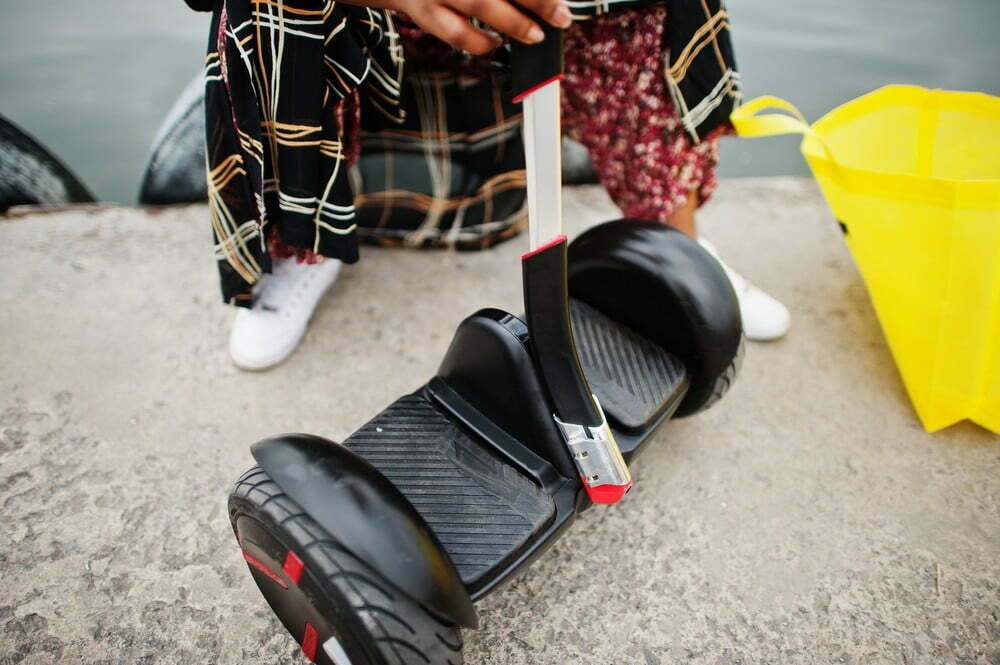
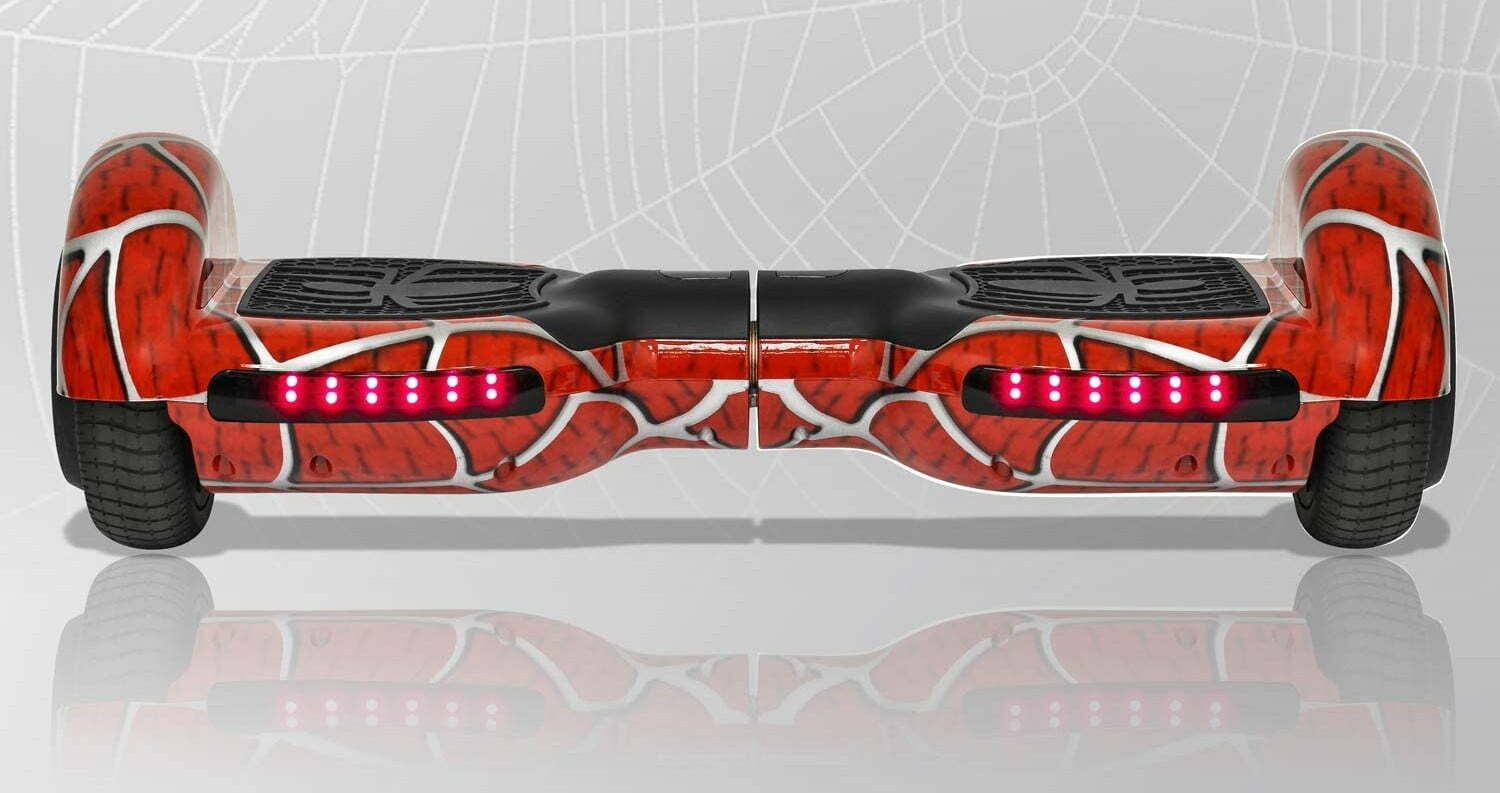

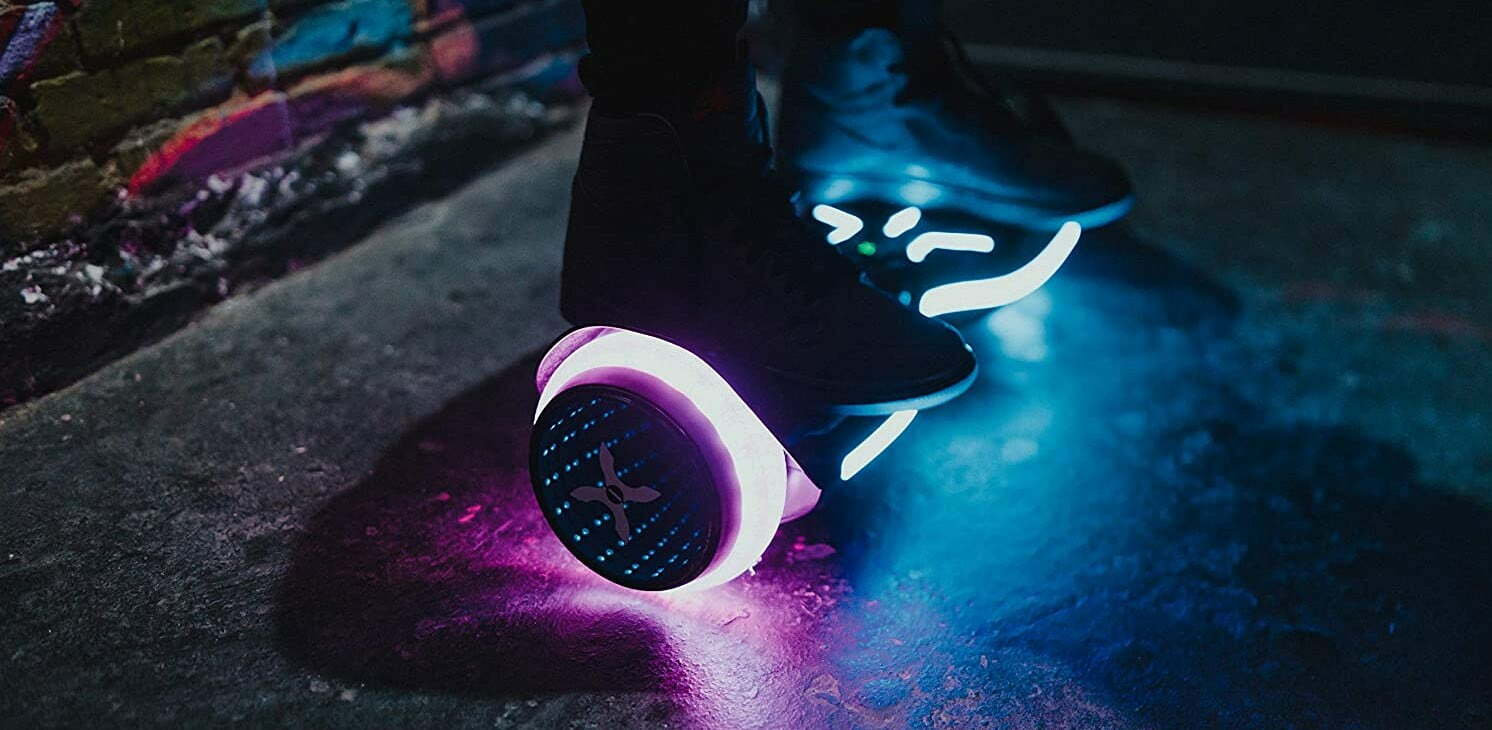

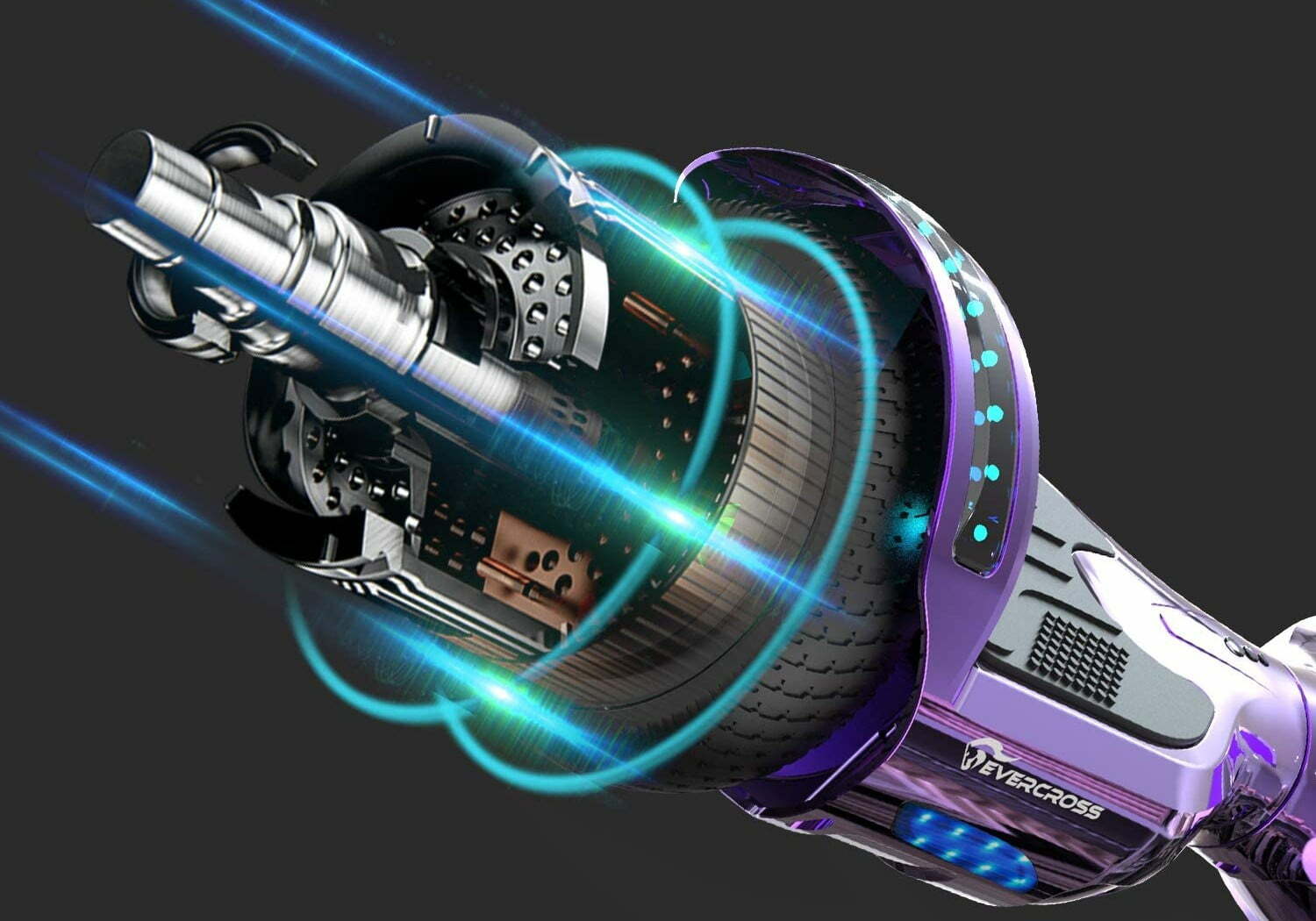
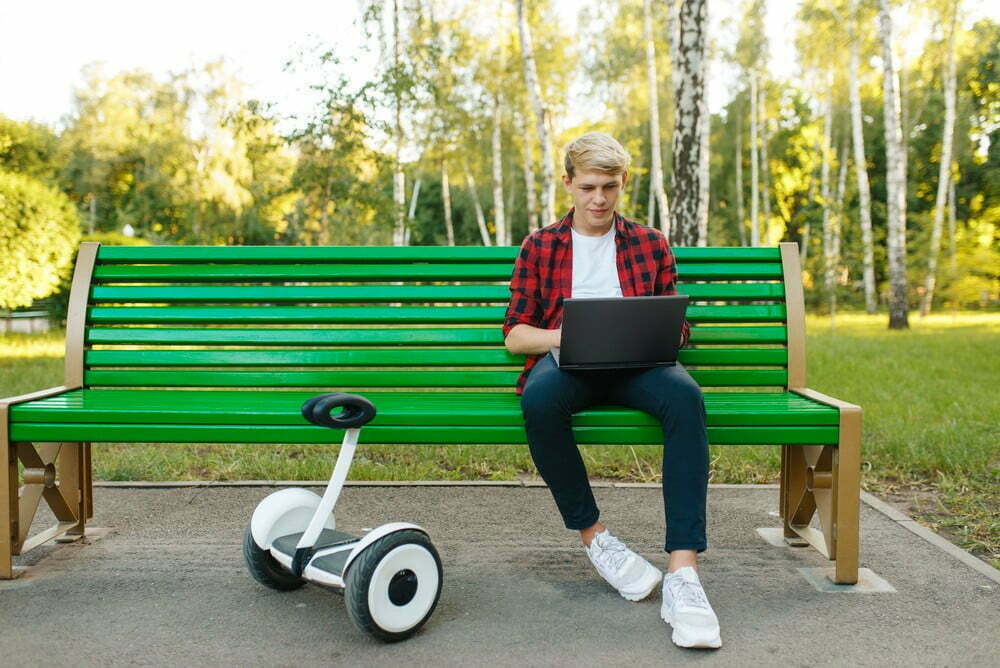

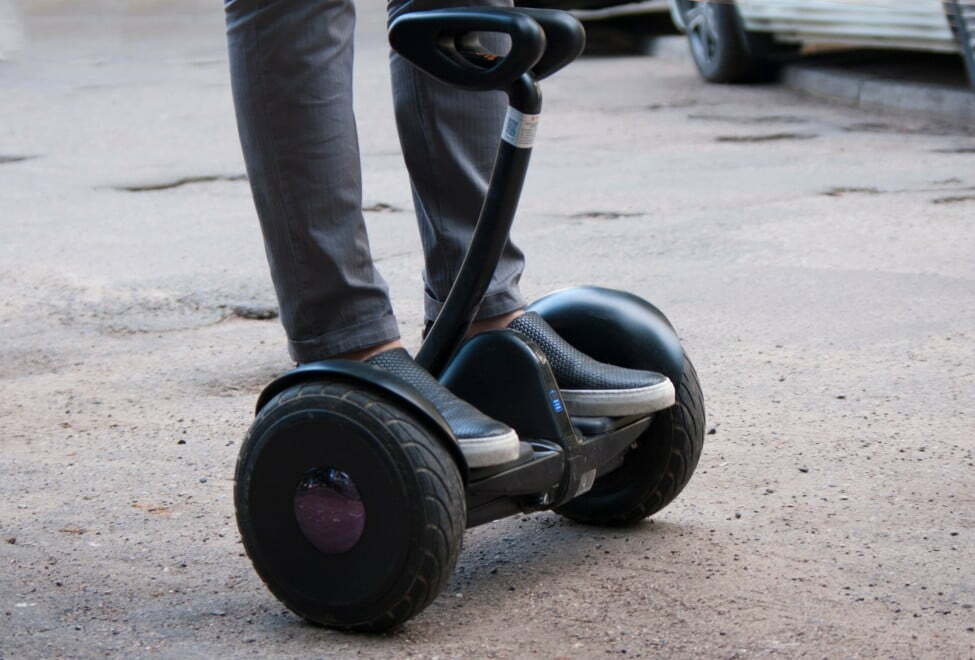

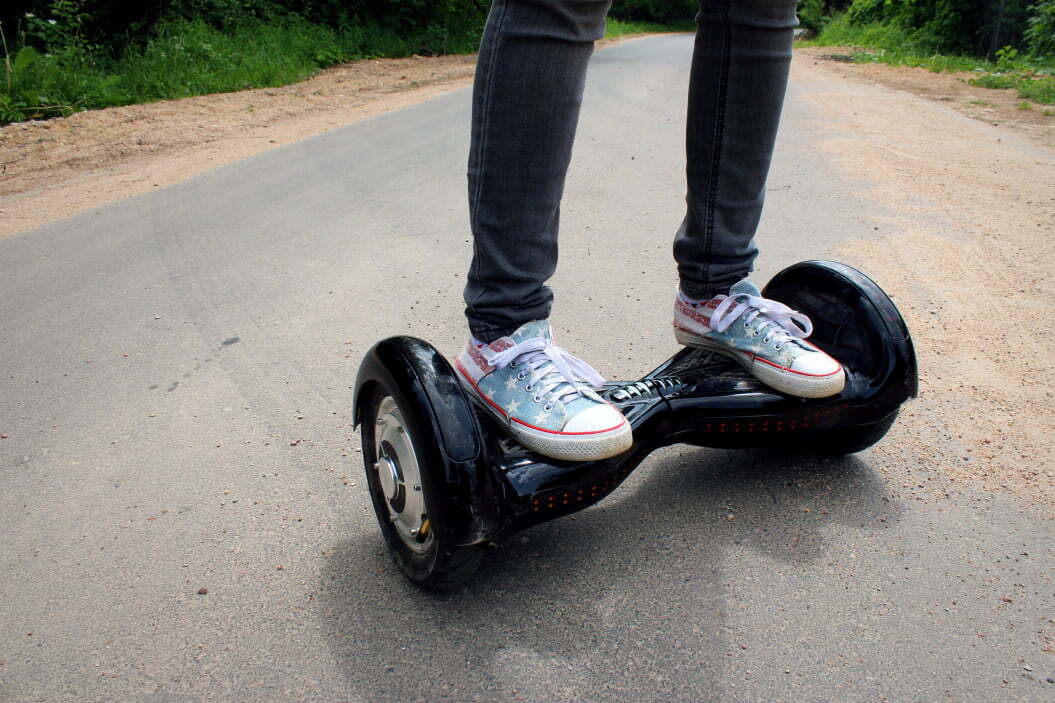
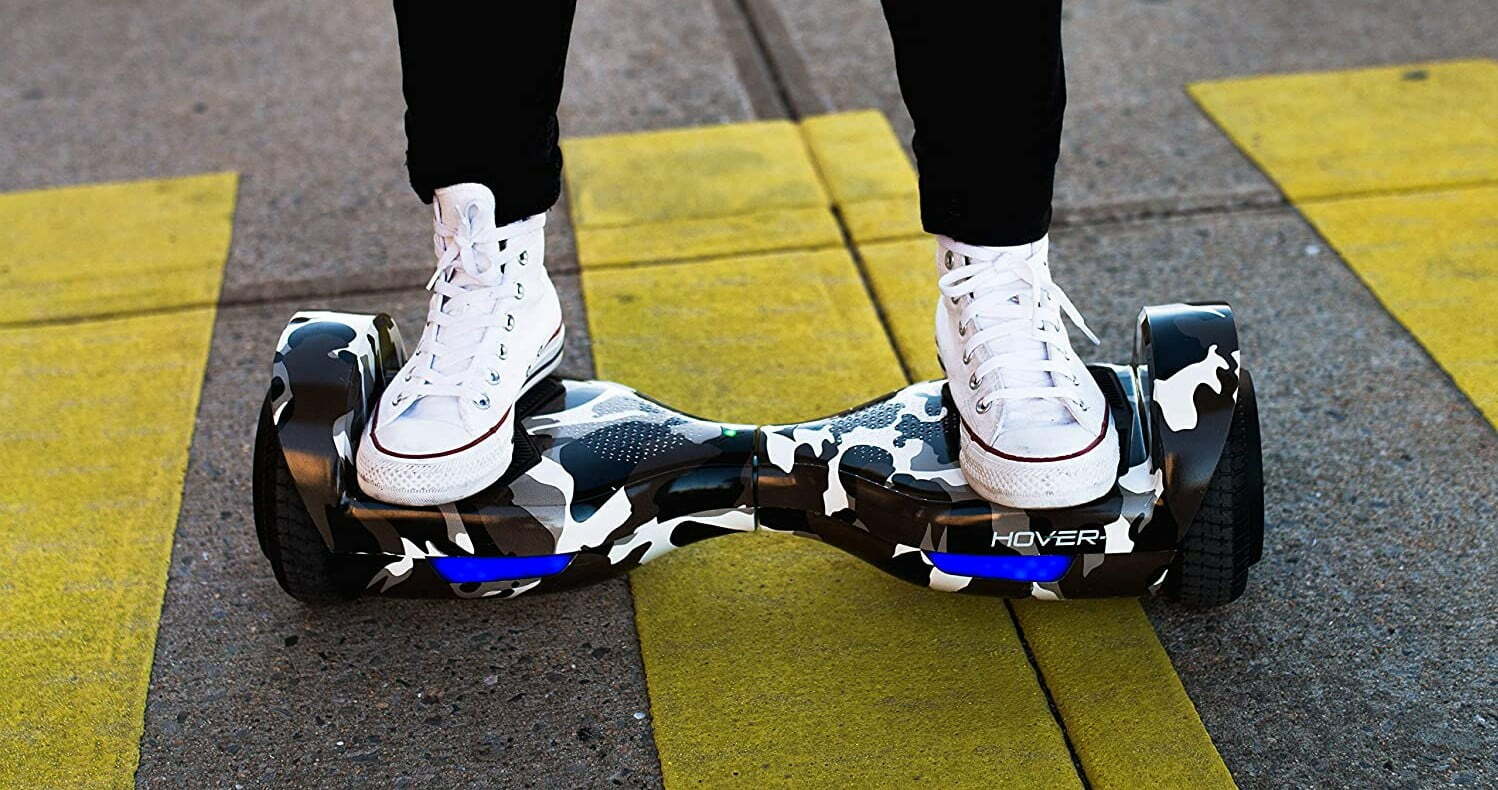
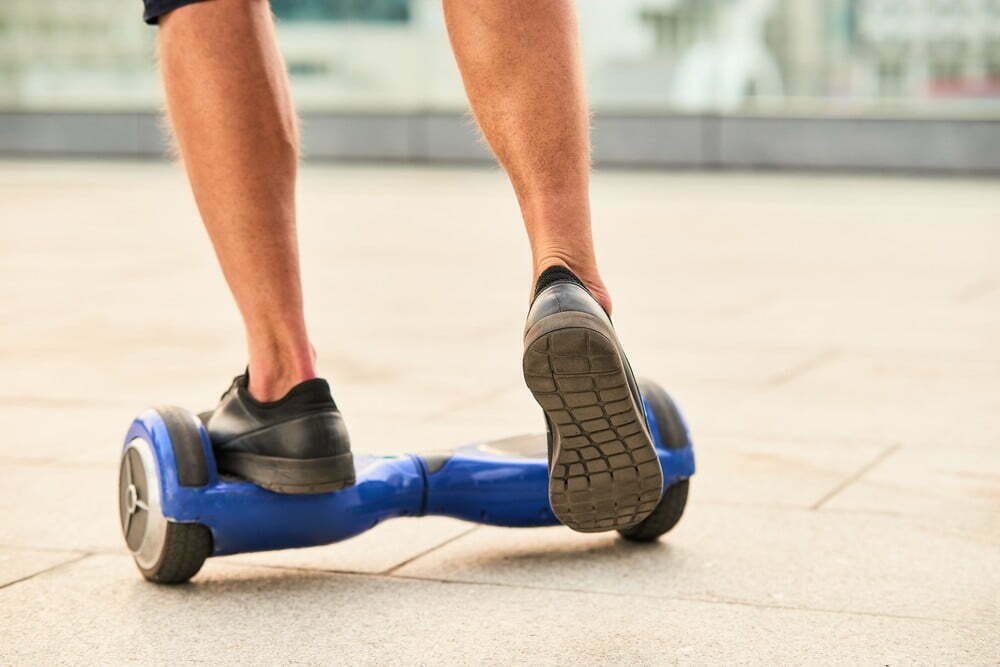
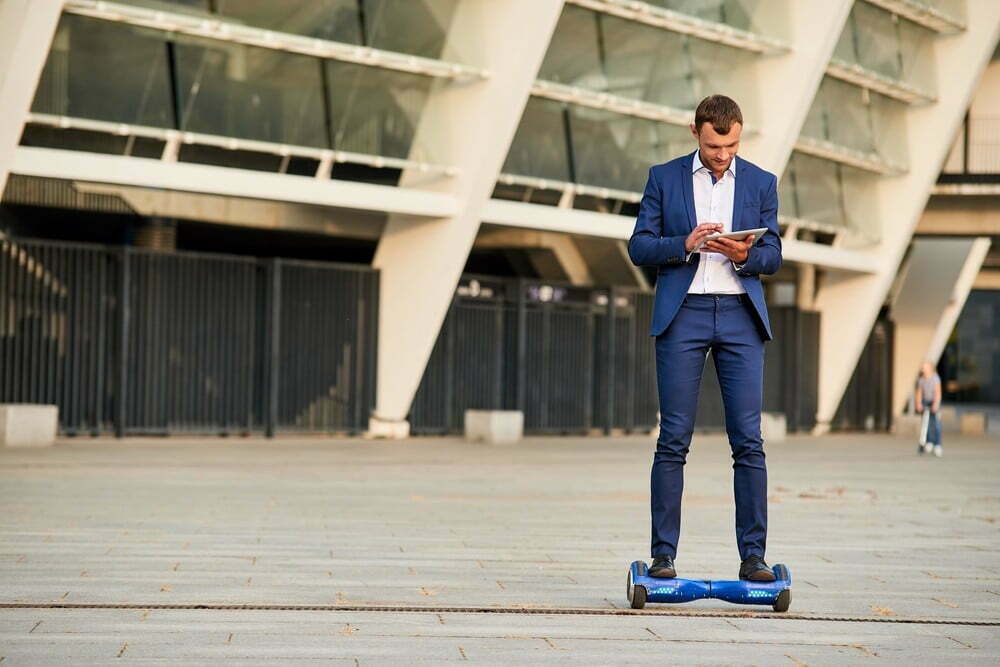
![Best 10 Inch Hoverboards in [year] 27 Best 10 Inch Hoverboards in 2025](https://www.gadgetreview.dev/wp-content/uploads/best-10-inch-hoverboard-image.jpg)
![Best Single Wheel Hoverboards in [year] 28 Best Single Wheel Hoverboards in 2025](https://www.gadgetreview.dev/wp-content/uploads/best-single-wheel-hoverboard-image.jpg)
![Best 8 Inch Hoverboards in [year] 29 Best 8 Inch Hoverboards in 2025](https://www.gadgetreview.dev/wp-content/uploads/best-8-inch-hoverboard-image.jpg)
![Best Hoverboards for Girls in [year] 30 Best Hoverboards for Girls in 2025](https://www.gadgetreview.dev/wp-content/uploads/best-hoverboards-for-girls-image.jpg)
![Best Hoverboards for Adults in [year] 31 Best Hoverboards for Adults in 2025](https://www.gadgetreview.dev/wp-content/uploads/best-hoverboard-for-adults-image.jpg)
![Best Hoverboard Accessories in [year] 32 Best Hoverboard Accessories in 2025](https://www.gadgetreview.dev/wp-content/uploads/best-hoverboard-accessories-image.jpg)
![Best 6.5 Inch Hoverboards in [year] 33 Best 6.5 Inch Hoverboards in 2025](https://www.gadgetreview.dev/wp-content/uploads/best-6.5-inch-hoverboard-image.jpg)
![Best Bluetooth Hoverboards in [year] 34 Best Bluetooth Hoverboards in 2025](https://www.gadgetreview.dev/wp-content/uploads/best-bluetooth-hoverboards-image.jpg)
![Best Knee Pads for Hoverboards in [year] 35 Best Knee Pads for Hoverboards in 2025](https://www.gadgetreview.dev/wp-content/uploads/best-knee-pads-for-hoverboard-image.jpg)
![Best Hoverboard for Beginners in [year] 36 Best Hoverboard for Beginners in 2025](https://www.gadgetreview.dev/wp-content/uploads/best-hoverboards-for-beginners-image.jpg)
![Best Helmets for Hoverboards in [year] 37 Best Helmets for Hoverboards in 2025](https://www.gadgetreview.dev/wp-content/uploads/best-helmet-for-hoverboard-image.jpg)
![Best Hoverboard Carrying Bags in [year] 38 Best Hoverboard Carrying Bags in 2025](https://www.gadgetreview.dev/wp-content/uploads/best-hoverboard-carrying-bag-image.jpg)
![Best Hoverboard Seats in [year] 39 Best Hoverboard Seats in 2025](https://www.gadgetreview.dev/wp-content/uploads/best-hoverboard-seat-image.jpg)
![Best Hoverboard in [year] ([month] Reviews) 40 Best Hoverboard in 2025 (December Reviews)](https://www.gadgetreview.dev/wp-content/uploads/best-hoverboard-image.jpg)
![Fastest Hoverboard in [year] ([month] Reviews) 41 Fastest Hoverboard in 2025 (December Reviews)](https://www.gadgetreview.dev/wp-content/uploads/fastest-hoverboard-epikgo.jpg)
![Best Hoverboard For Kids in [year] ([month] Reviews) 42 Best Hoverboard For Kids in 2025 (December Reviews)](https://www.gadgetreview.dev/wp-content/uploads/Best-Hoverboards-For-Kids.jpg)
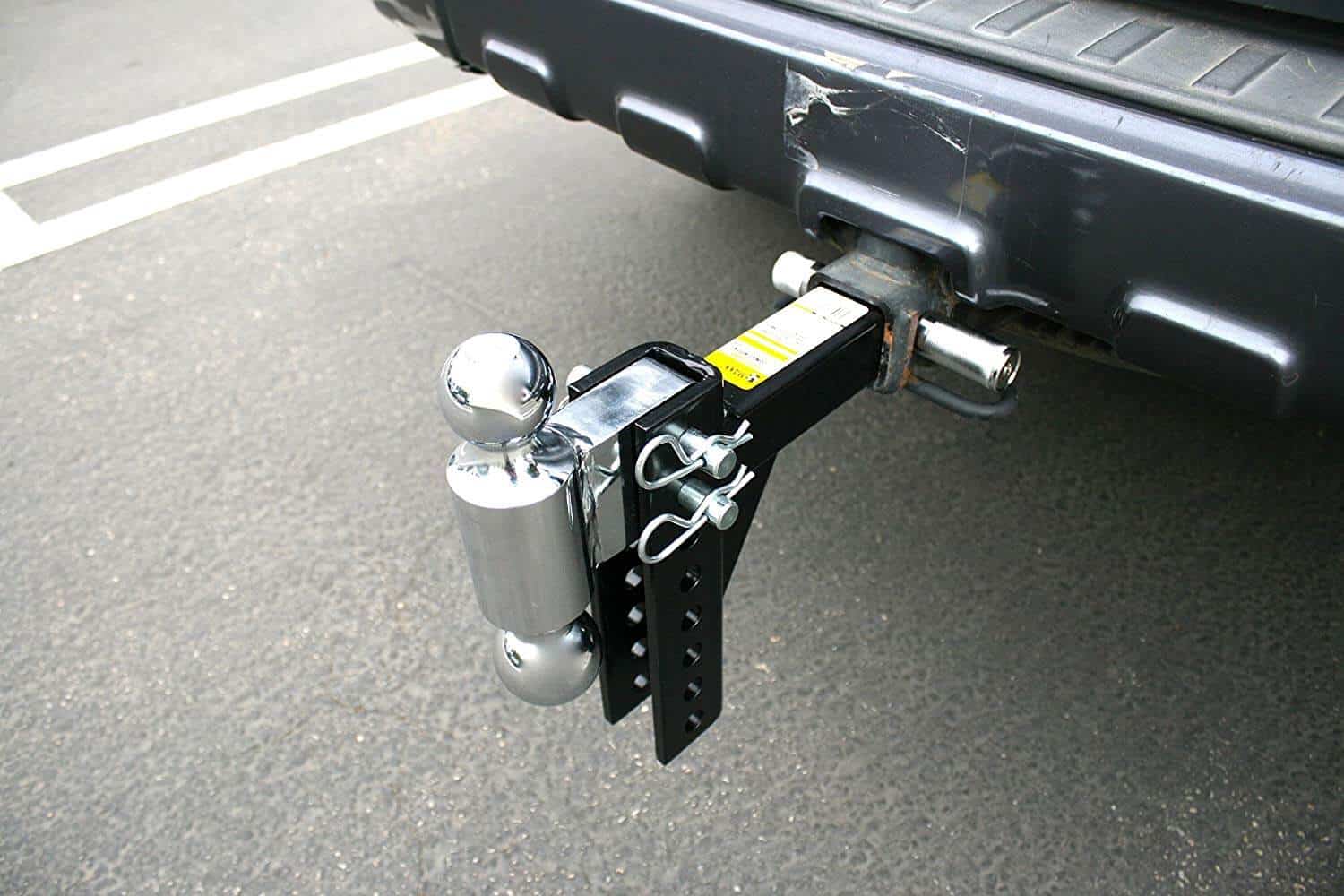
![Best RV Battery in [year] ( [month] Reviews) 44 Best RV Battery in 2025 ( December Reviews)](https://www.gadgetreview.dev/wp-content/uploads/best-rv-battery.jpg)
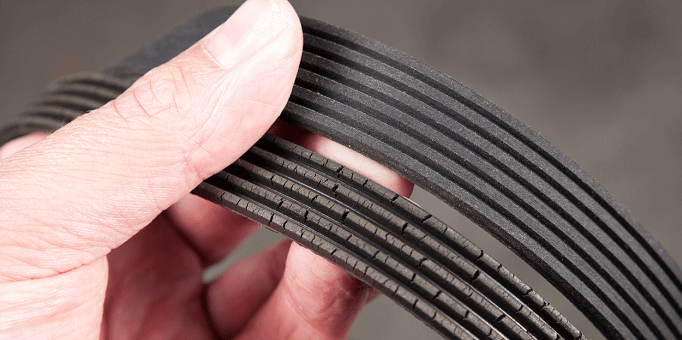
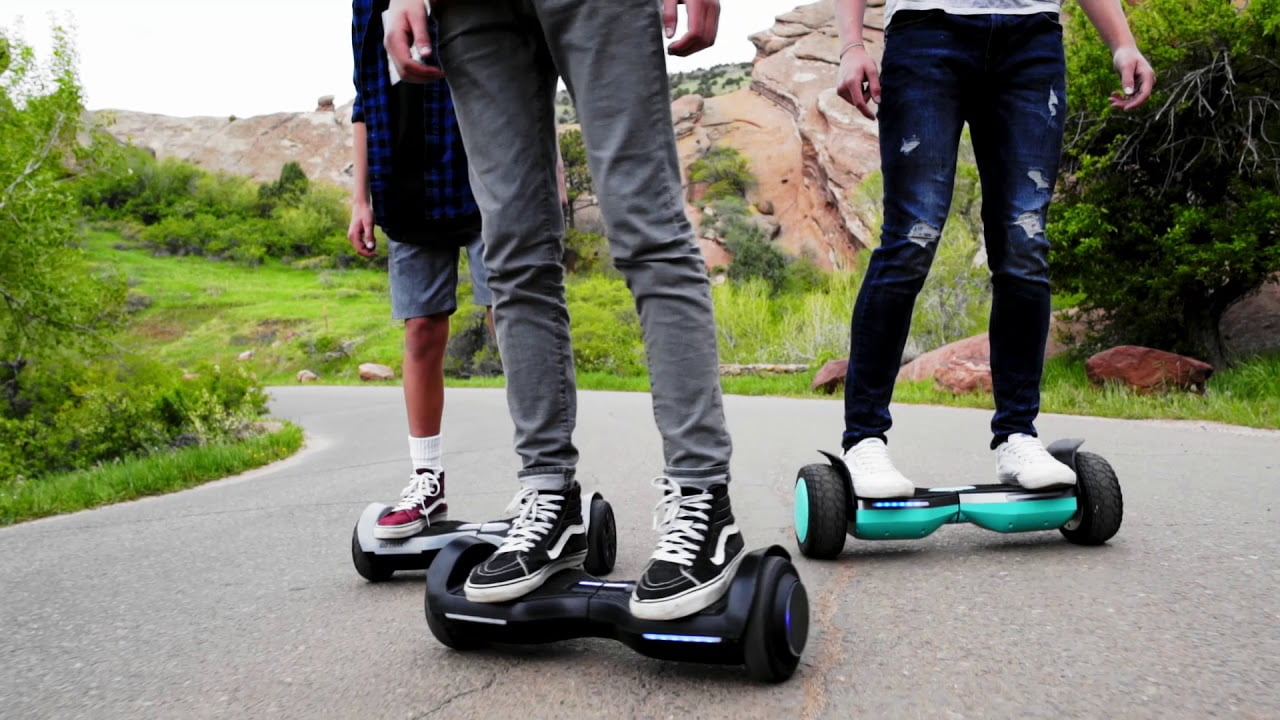
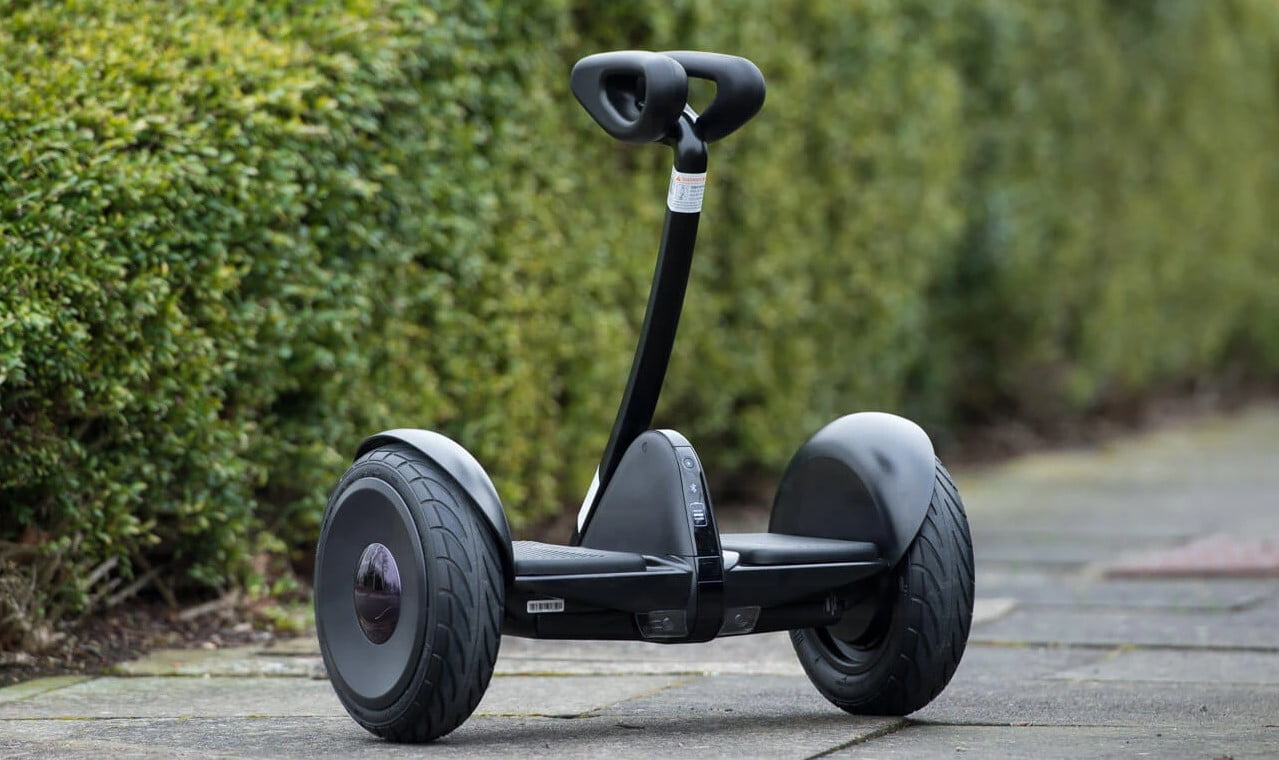
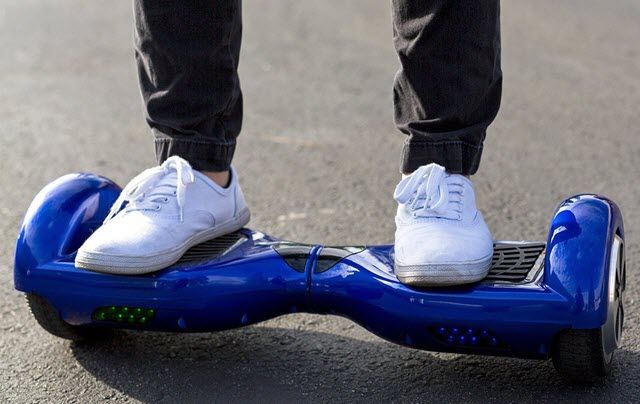
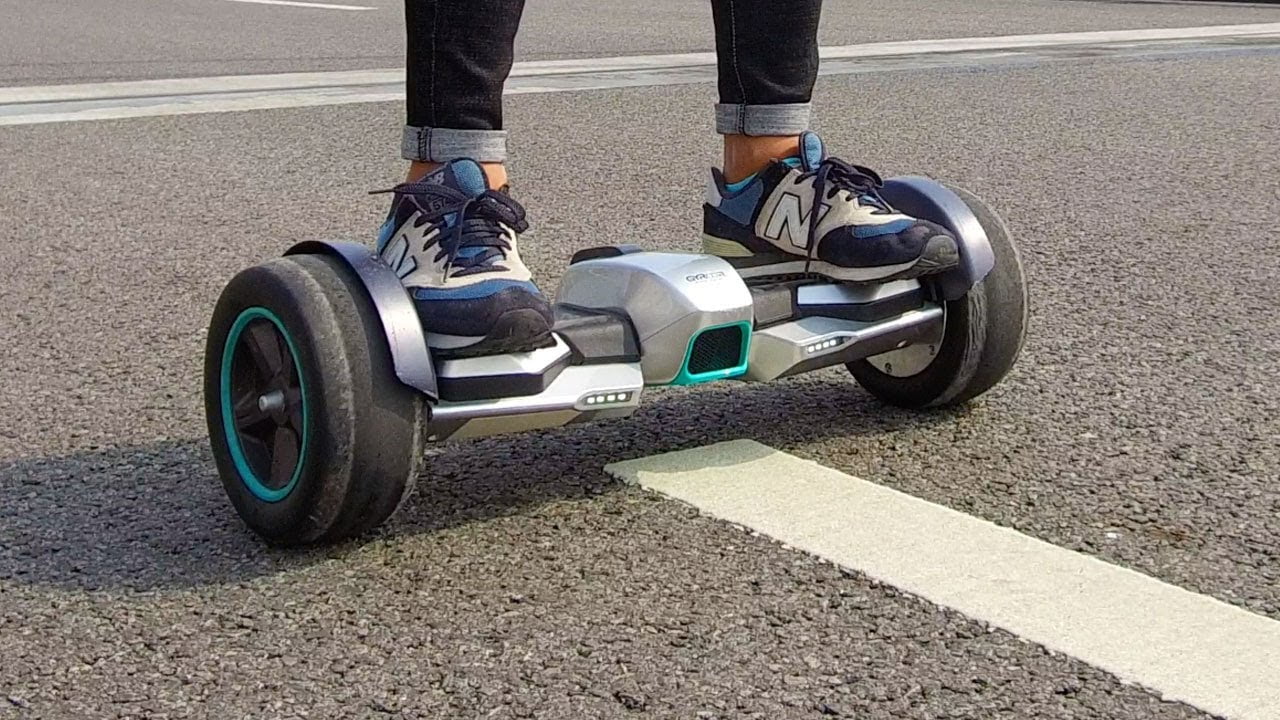
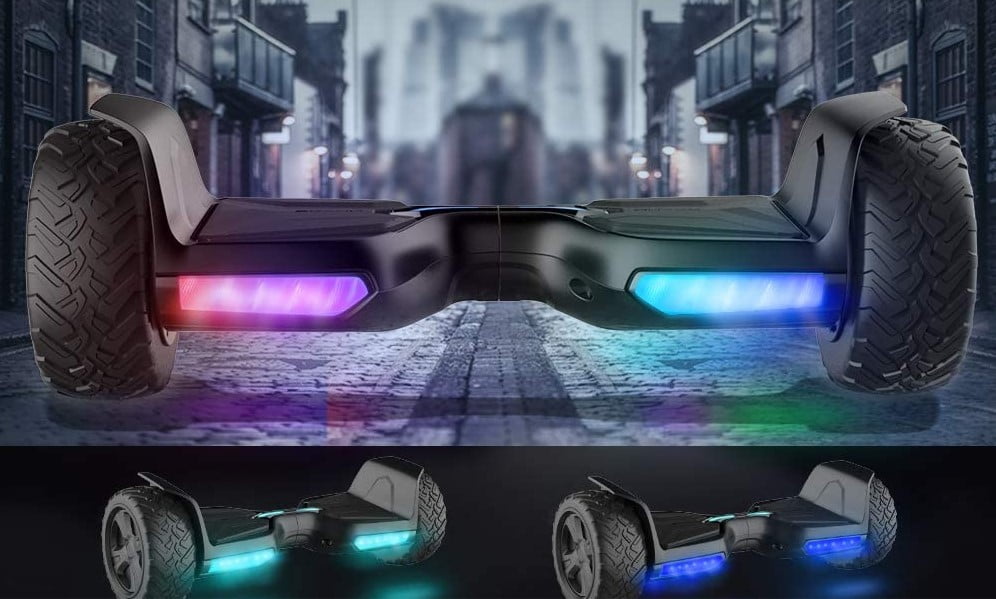
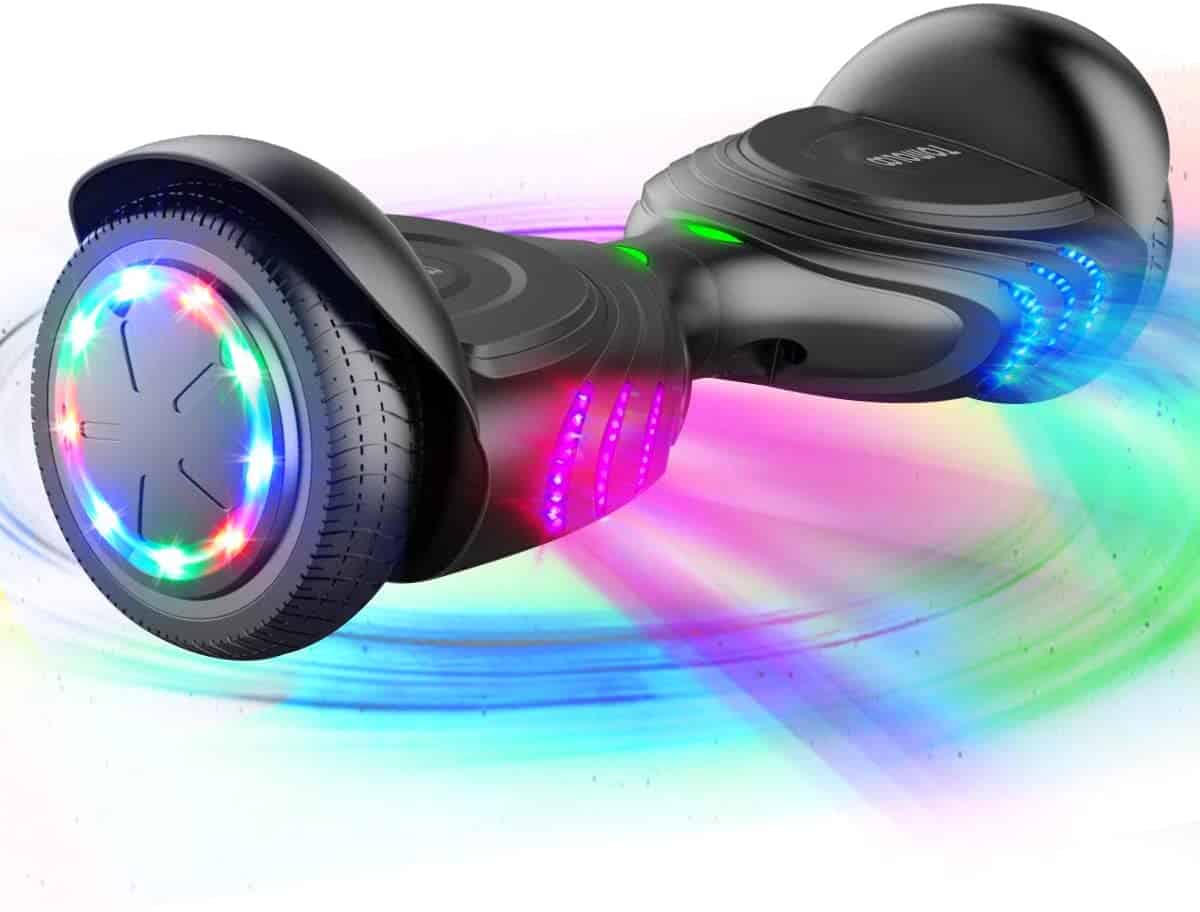
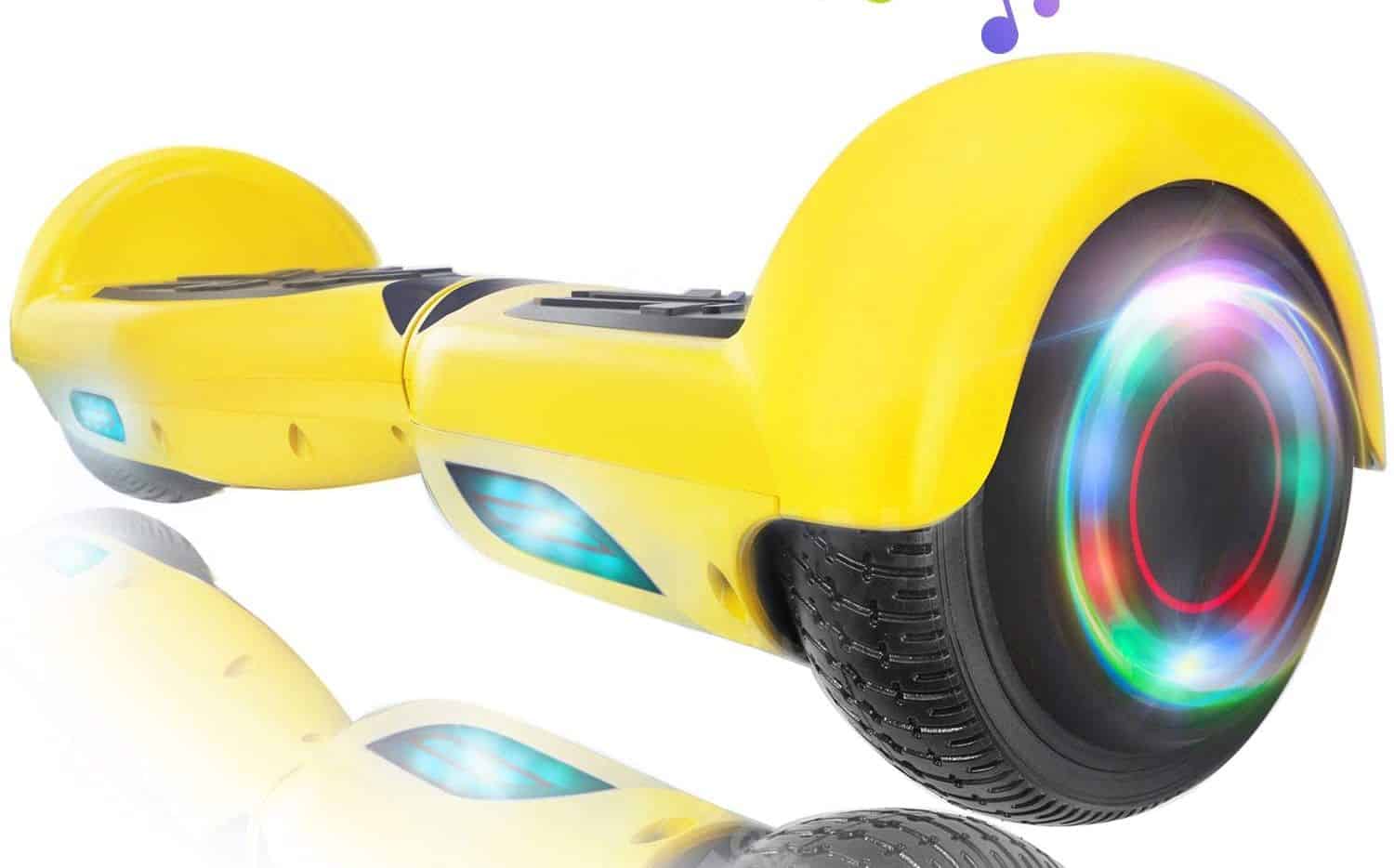
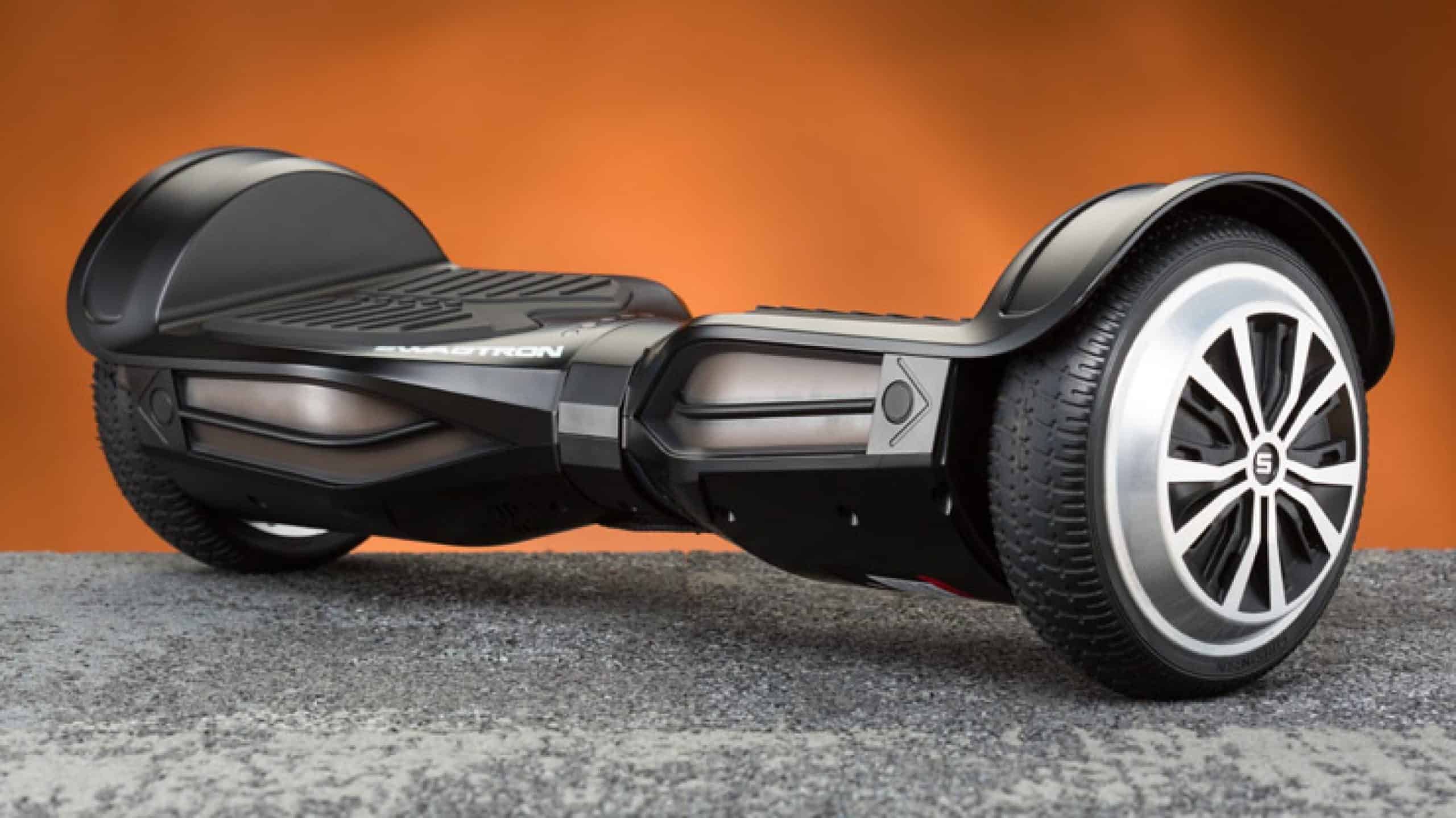
![Razor Hovertrax 2.0 Hoverboard Review in [year] 54 Razor Hovertrax 2.0 Hoverboard Review in 2025](https://www.gadgetreview.dev/wp-content/uploads/Razor-Hovertrax-2.0-Hoverboard-Review.jpg)
